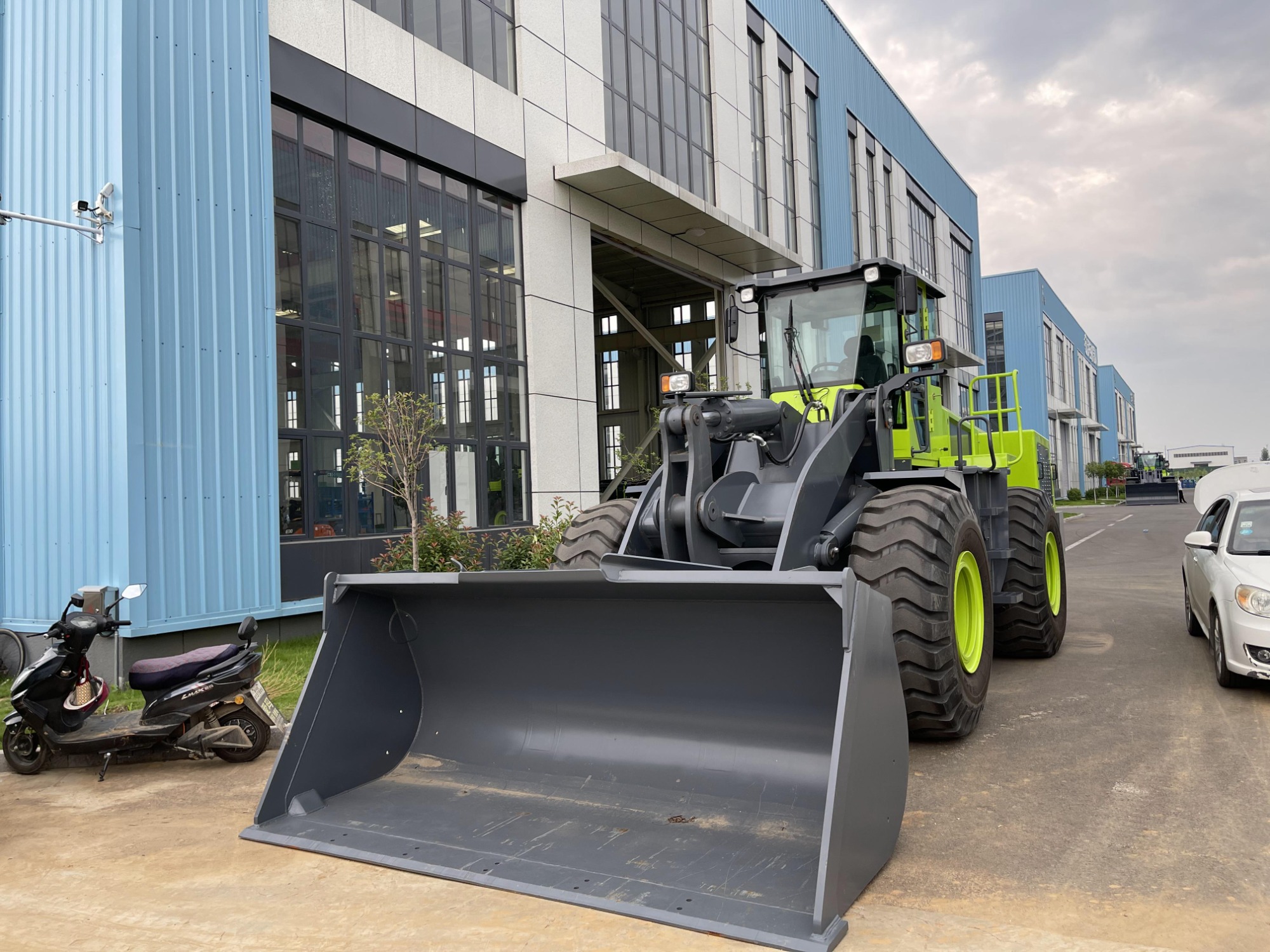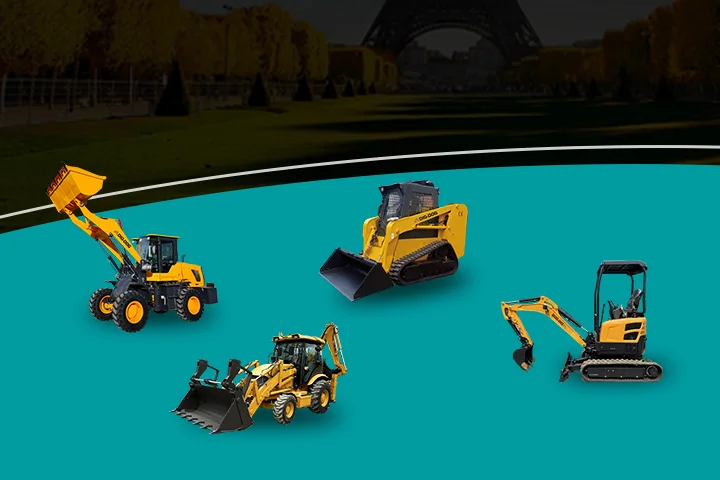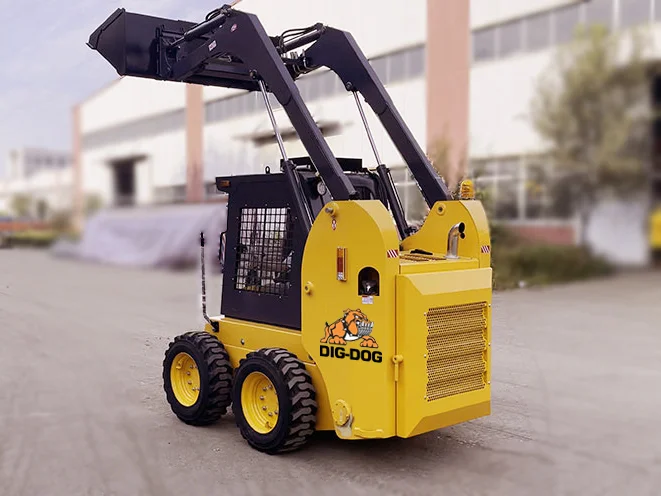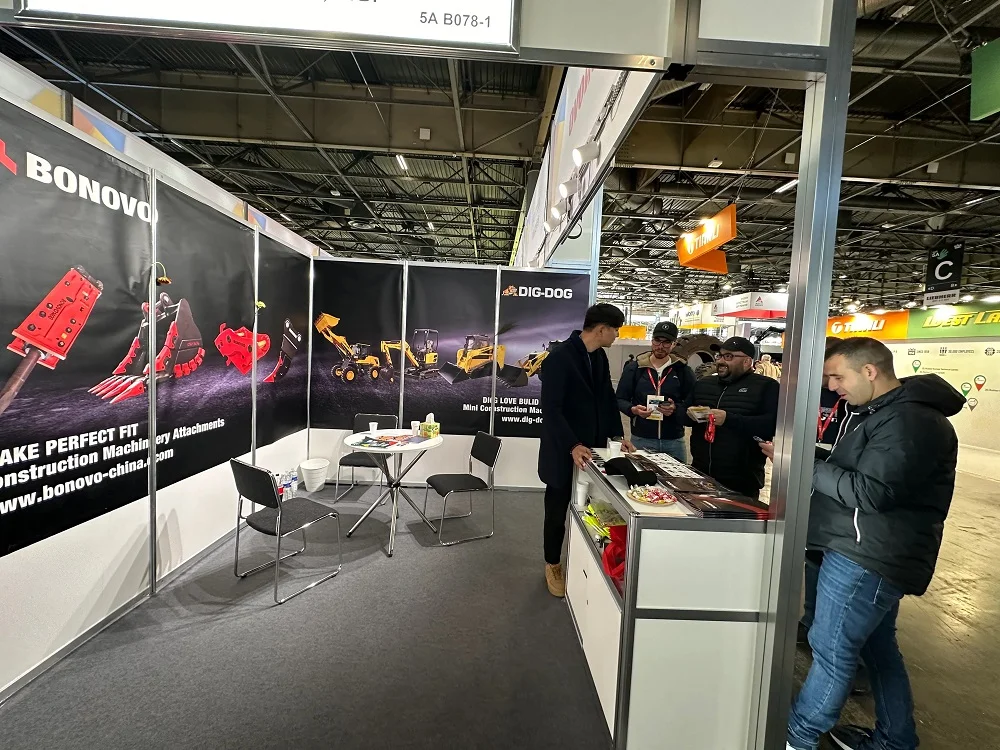Zero emissions and noise provide entry point for growing segment of the equipment market.

With consumer interest in electric vehicles and decarbonization at an all-time high, it should come as no surprise that electricity is making in-roads into the heavy construction sector as well.
What some might find surprising, however, is that electric- powered machinery is not a new development in the world of construction. There have been electric and hybrid machines available for a number of years.
For example, access equipment manufacturer JLG has been offering electrified lifts for more than two decades, and John Deere introduced its first electrified construction machines in 2012.
What is new, however, is the volume of manufacturers who have entered, and continue to enter, this growing segment of the machinery market, as well as the breadth of machines that have been released recently, or that are in varying stages of development.
“Today’s demand for more eco-friendly products is accelerating the adoption of electric products into more and more construction applications, driving the need for larger, heavier
electrified equipment,” says Jennifer Stiansen, director of marketing at JLG.
“While it’s still a relatively small portion of the construction equipment industry, it is growing,” adds Grant Van Tine, solutions marketing manager at John Deere.
While engineering research and development departments are working to bring battery power to all types and sizes of machinery, the starting point for many manufacturers has been the development of electric machines for the compact equipment category.
“Compact machines are where electrification will establish itself first because these machines are versatile and in high demand, and current low-voltage battery options work best on smaller machines,” explains Ray Gallant, vice-president, product management and productivity at Volvo Construction Equipment.
“You need less battery size to get an adequate working time before a recharge,” says Aaron Kleingartner, product and dealer marketing manager at Doosan Infracore North America. “I think that factors in.”
“The practical executions of electric equipment revolve around proximity to a suitable power source, and being able to establish a machine run time that makes it suitable for operating for a whole day, or most of a day, on site,” adds Brad Stemper, North American construction equipment product manager at CASE. “That’s why you’re seeing many of the initial waves of electrified construction equipment revolving around lighter equipment.”
Having access to local power for a quick re-charge over the lunch hour and at other idle times will help some present-generation machines put in a full day of work, as will being able to shut down the motor to conserve power between tasks. That is a big difference from traditional diesel-powered machines that generally have to idle, burning fuel.
States Gallant, “Electric motors have full torque available at any rpm for fast response, and they can shut off when not working and start instantly when needed.”
That’s a power-saver that explains the wide variance in estimated run times for some equipment, as the task will heavily influence battery performance.
 Unveiling the Top 10 Must-Have Construction Vehicles for Your Business
Unveiling the Top 10 Must-Have Construction Vehicles for Your Business
 How High Lift Skid Steers Save You Time and Money
How High Lift Skid Steers Save You Time and Money
 Attachments Turn Mini-excavators Into Multipurpose Machines
Attachments Turn Mini-excavators Into Multipurpose Machines
 BONOVO Group at INTERMAT 2024 Paris Exhibiton
BONOVO Group at INTERMAT 2024 Paris Exhibiton